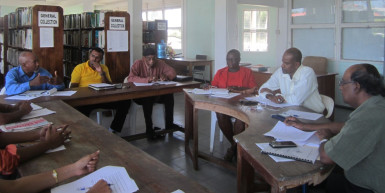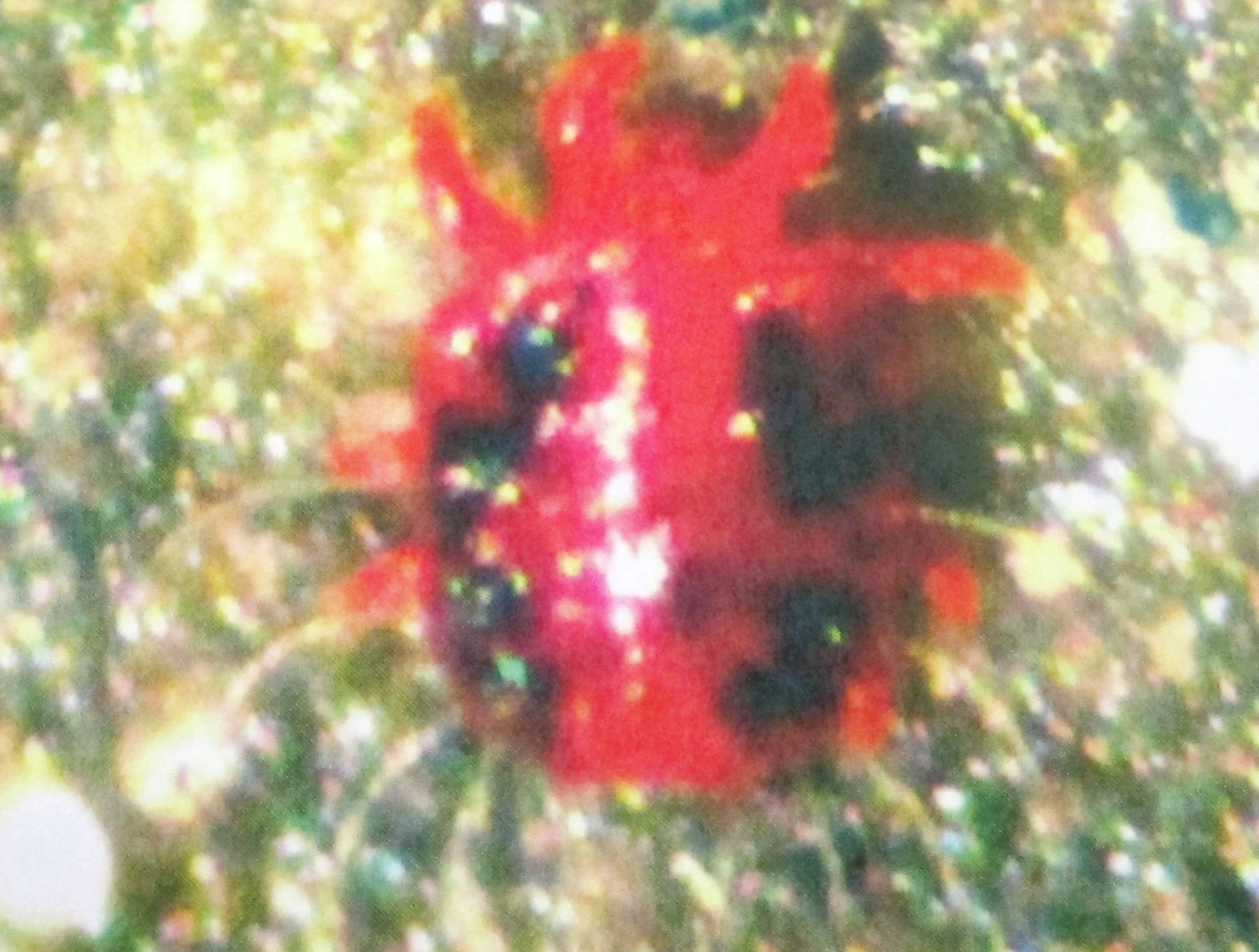Despite the efforts of the National Agricultural Research and Extension Institute (NAREI), the red palm mite is continuing to cause widespread destruction within the local coconut industry.

Addressing the Executive of the National Stakeholders Platform for Coconut Industry Development on Wednesday, Director of NAREI Dr Oudho Homenauth said the agency has been employing a range of approaches to manage the pest since the confirmation of its presence in Guyana in 2013. These efforts have included working with the United Nations Food and Agriculture Organisation (FAO) to develop a national management programme and action plan to deal with the pest.
However, farmers say the pest is continuing to wreak havoc in Guyana’s coconut industry and they are calling for NAREI and the government to do more to help them. The coconut is currently one of the country’s key non-traditional crops, with the industry ranking third behind rice and sugar as a priority agricultural crop. Coconuts currently contribute about 1% to the total Gross Domestic Product (GDP), with export pegged at US$3 million annually. There are an estimated 24,000 hectares under cultivation, producing an average of 92 million nuts each year.
Coconut is grown widely on the coastal regions, primarily along the Pomeroon River on the Essequibo Coast, West Berbice and on the Corentyne Coast. All of these areas are currently infested with palm mites.
The red palm mite (Raoiella indica), a pest of several palm species, uses it stylet-like mouthparts (chelicerae) to pierce the plant tissue and extract cell contents. This action damages the guard cells of the leaves, leading to uncontrollable water loss from the plant. The leaves yellow, then brown before eventually dying and taking the plant with it.
The red mite, which was first identified in the Caribbean in 2003, has been identified by the FAO as the most damaging pest to coconuts in many Caribbean countries. Since then, it has spread, presumably by wind currents, to more than 12 Caribbean countries, including Guyana.
On Wednesday, the National Stakeholders Platform for Coconut Industry Development had its third executive meeting at

